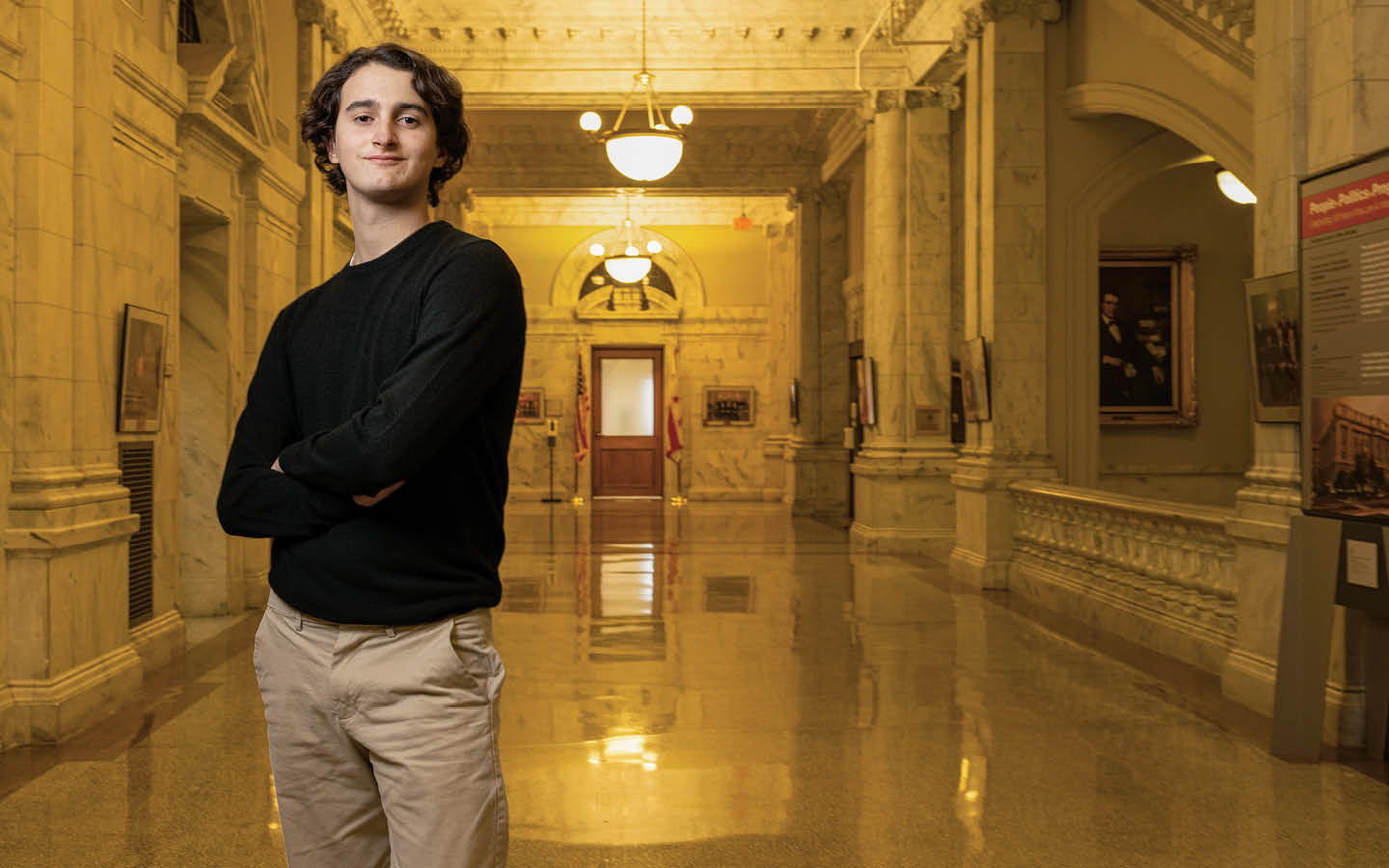One day in kindergarten, my life changed forever.
I fell over in the classroom. My whole body started shaking. My teachers called 911. The last thing I remember is leaving school in an ambulance.
Next thing I knew, I was in the hospital having tests done. Soon I found out what was wrong.
The doctors told my parents I had epilepsy.
One day in kindergarten, my life changed forever.
I fell over in class. My body started shaking. My teachers called 911. I left school in an ambulance.
Next thing I knew, I was in the hospital having tests done. Soon I found out what was wrong.
The doctors told my parents I had epilepsy.
One day in kindergarten, my life changed forever.
I fell over in the classroom, and my entire body started shaking. My teachers called 911. The last thing I remember is leaving school in an ambulance.
Next thing I knew, I was in the hospital having tests done. Soon I found out what was wrong.
The doctors told my parents I had epilepsy.

